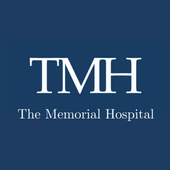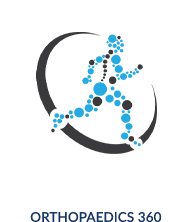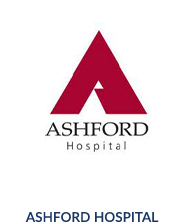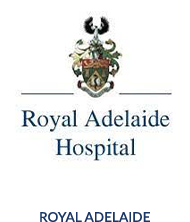What is a distal clavicle excision?
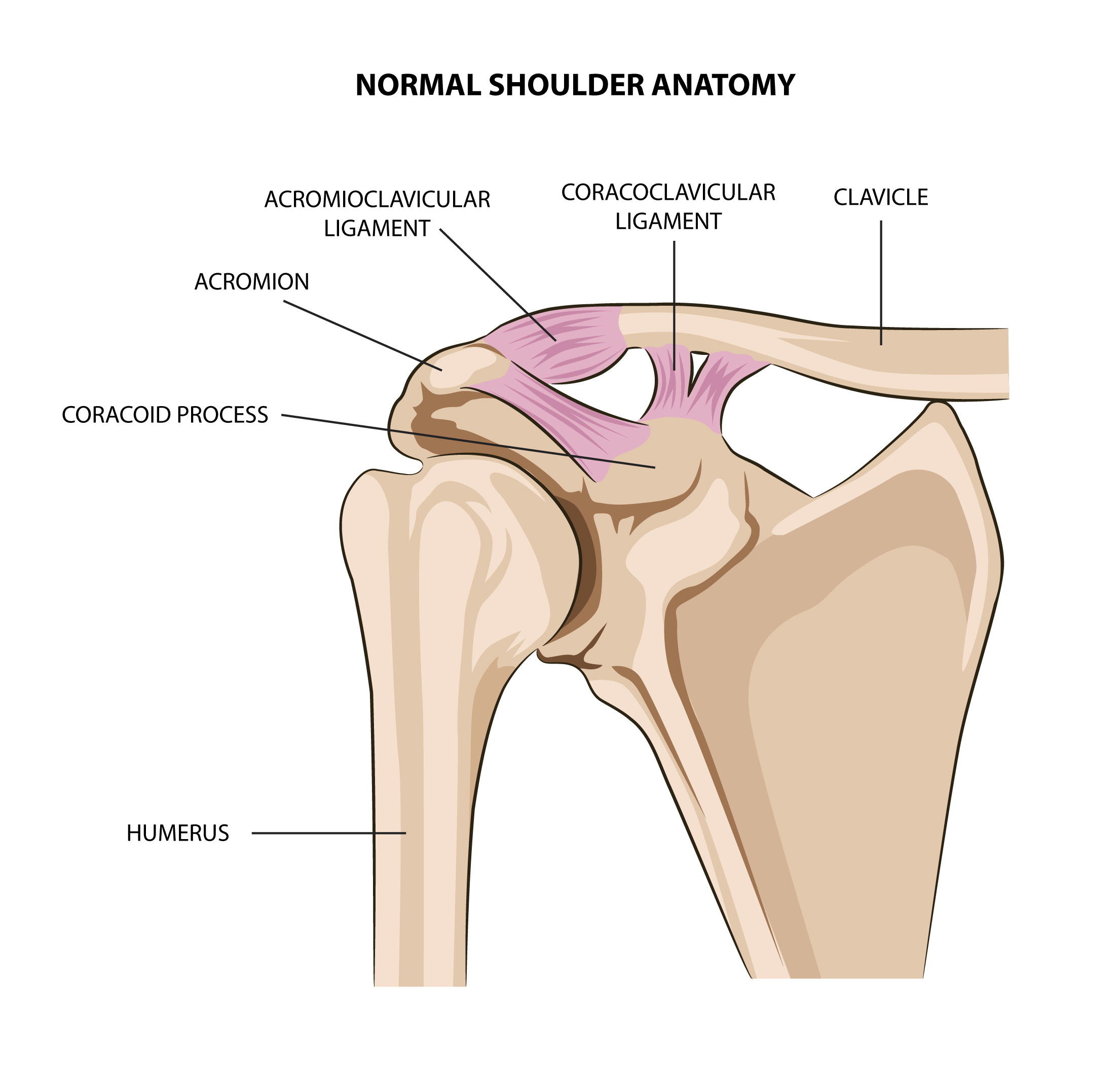
This keyhole procedure is performed for Acromioclavicular (AC) Joint arthritis and Distal clavicle osteolysis where non-operative treatment has been unsuccessful. Read more about Acromioclavicular Joint Arthritis here. This operation involves excising or ‘cutting out’ the diseased joint so that the arthritic ends of bone no longer rub against each other.
What’s involved in a keyhole distal clavicle excision?
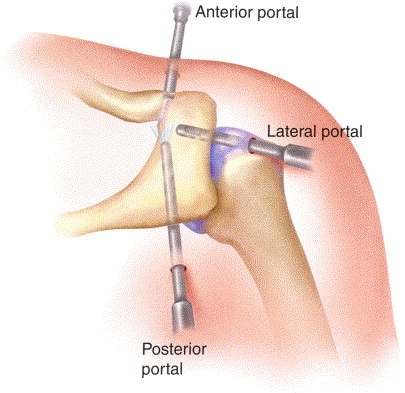
The surgery is performed under a general anaesthetic so you are asleep for the operation. A regional block is usually performed by our anaesthetist to give you good post-operative pain relief as well. A shoulder arthroscopy is performed via 3-4 small keyhole incisions.
Through these keyhole incisions, an arthroscopic camera and instruments are used to access the shoulder joint and the AC joint. Often acromioclavicular joint arthritis occurs in conjunction with subacromial impingement and rotator cuff tears, and these problems can be addressed during the same keyhole operation. To treat the AC joint arthritis, a motorised burr and electrocautery wand are utilised to progressively trim away the diseased out end of the clavicle. The supporting ligaments above and behind the AC joint are preserved to prevent instability at the AC joint. Approximately 5-10mm of arthritic bone at the AC joint is removed.
Risks
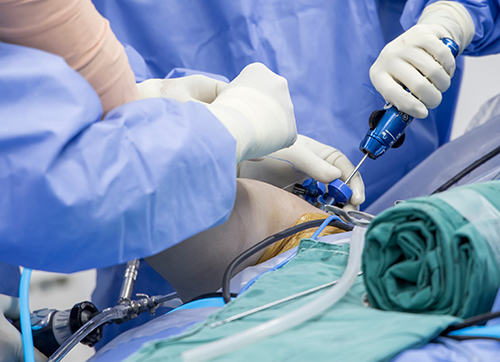
As with any surgical procedure, there is a small risk of:
-
- Infection
- Wound healing problems – very unlikely with keyhole incisions
- Cardiovascular risks – stroke, heart attack, blood clots
- Bleeding
- Swelling of the operated limb – generally subsides within weeks
- Pain – discomfort is expected after an operation, however pain medications are used in a routine manner to relieve this post-operative discomfort
Specific risks of distal clavicle exicision:
-
- Damage to nerves around the shoulder
- Recurrent pain at the AC joint
- AC joint instability
What happens after the surgery?
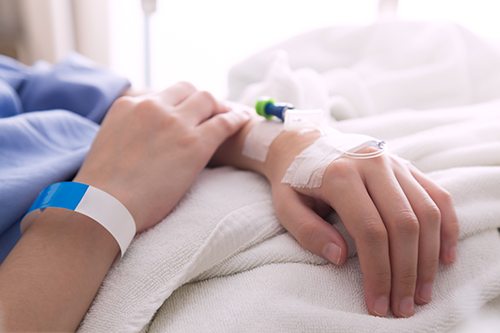
Postoperative instructions and follow up
Immediate post-op
After your operation you will be taken to the recovery room of the hospital, and allowed to have something to drink. When the team is happy the anaesthetic has worn off, you will be transferred to the day surgery area or to your inpatient room depending on whether you will be staying overnight. A sling / shoulder immobiliser would have been placed on your arm in the operating room, and should keep your arm comfortable and safe. If a nerve block has been performed by our anaesthetist, then your arm should feel comfortable but numb for up to 24 hours after the operation. When pins-and-needles are felt in the hand and arm then the block is starting to wear off, and your nursing staff will commence pain medication to keep you comfortable.
Discharge from hospital
On discharge from hospital you will be given:
- Physiotherapy – instructions on exercises that should commence for the shoulder, elbow and wrist. This will involve daily stretching exercises to be commenced in the first week.
- Sling – instructions on the use of your sling, including whether it is allowed to be removed.
- Dressings – please keep dressings dry and do not remove them.
- Follow up appointment time
Follow up
A follow up appointment will have been made for you after the operation. This will typically be an appointment around the 2-3 weeks after the surgery. If you have any concerns before this appointment, call Dr Yu’s clinic on (08) 7099 0188 to speak with us.
My goals as a surgeon are to relieve your pain, restore your function, and return you back to doing what you love.
– Dr Raymond Yu
- Adelaide Orthopaedic Surgeon
- Adelaide Shoulder Surgeon
About
Dr Raymond Yu
Dr Raymond Yu is an Adelaide Orthopaedic Surgeon with post-Fellowship expertise in Shoulder and Elbow Surgery.
He specialises in orthopaedic surgery of the Shoulder and Upper Limb with a focus on modern keyhole and minimally-invasive techniques.
Dr Yu has a special passion for:
- Rotator cuff repair surgery
- Shoulder replacement surgery
- Shoulder stabilisation surgery
Dr Yu practices at
